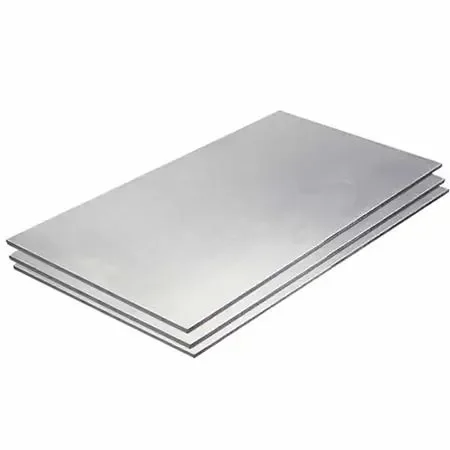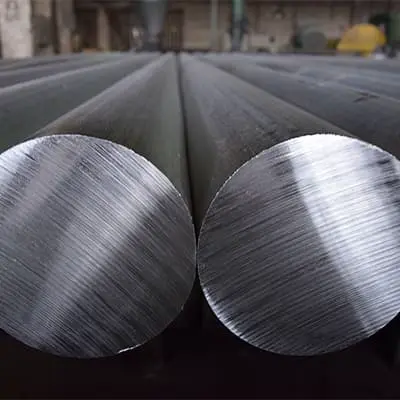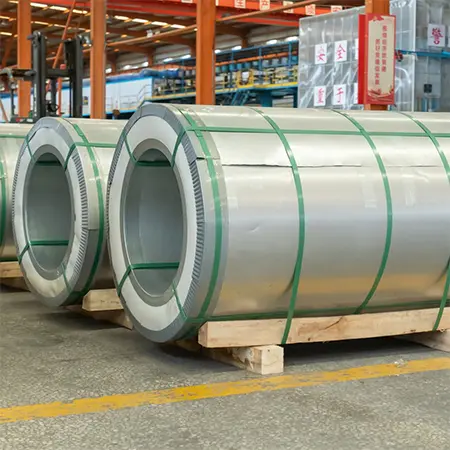What are the differences between 1060 aluminum rods and 1050 aluminum rods?
Differences Between 1060 and 1050 Aluminum Rods
1. Purity Differences
2. Mechanical Properties Comparison
3. Processing Characteristics
4. Application Scenarios
5. Cost and Cost-Effectiveness
Summary: How to Choose?
Previous: Is aluminum flat bar strong?
Next: No more
MORE BLOG

Applications of Aluminum Profiles
As a light metal, aluminum is the most abundant metal element in the earth's crust after oxygen and silicon. Aluminum and aluminum alloys have low density, high strength, corrosion resistance, good electrical and thermal conductivity, easy processing, and malleability. Weldable, recyclable and other characteristics, these characteristics determine that aluminum and aluminum alloys have a very wide range of application fields, and play an important role in the industrial field.

The difference between 6063 and 6061 aluminum alloy?
The 6-series aluminum alloys are medium-strength heat-treatable alloys. Magnesium has a significant effect on strengthening aluminum alloys, and zinc and copper also have obvious strengthening effects on aluminum alloys.

How many kinds of aluminum materials are there? What are they?
There are several types of aluminum materials commonly used in various industries.